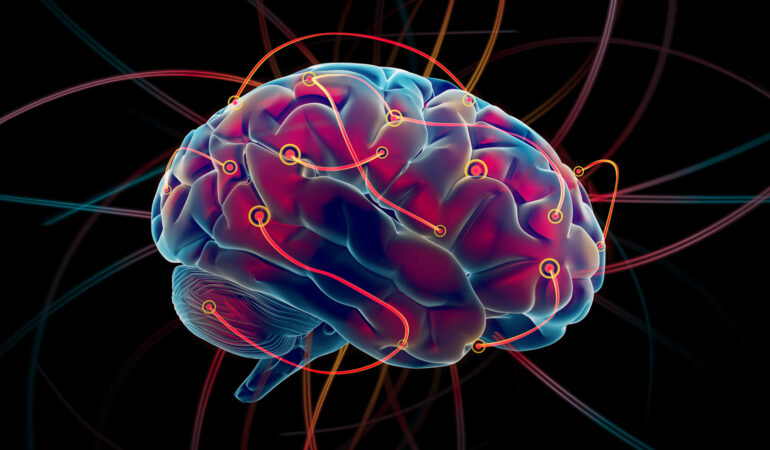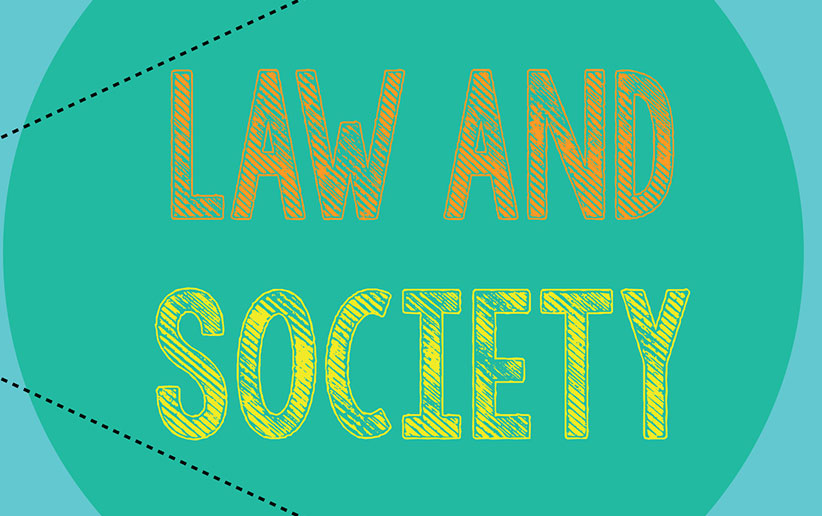Neurocriminology is an interdisciplinary subfield of criminology that incorporates methodological approaches from neuroscience, physiology, genetics, biology, and psychology. The goal of neurocriminology is to better understand, predict, prevent, and treat criminal and violent behaviors. Although there is no single determinant of such actions, neurocriminology strives to identify different risk factors that increase the likelihood of specific criminal and violent behaviors.
By learning about this field of study, marriage and family therapists (MFTs) and allied disciplines (e.g., forensic mental health professionals, substance use treatment providers, human services workers, and forensic psychological professionals) may be in a better position to more effectively work with, interview, screen, and treat clients who engage in anti-social, problematic, irrational, and other externalizing behaviors. Below are 30 essential take-away points to consider when learning about the field of neurocriminology:
30 essential take-aways
- Criminal and violent behavior is influenced by a wide range of prenatal, genetic, biological, social, family, and other environmental risk factors.
- Neurocriminology is an emerging subfield of criminology that focuses on the genetic and neurobiological underpinnings of problematic, deviant, and criminal behavior.
- Neurocriminology incorporates different research methodologies from neuroscience, behavioral genetics, psychology, biology, and other fields into a criminology framework.
- Many researchers from diverse backgrounds are intrigued by the field of neurocriminology including neuroscientists, psychiatrists, mental health professionals, law enforcement specialists, college professors, and lawyers among others.
- Neurocriminologists often use a variety of biology-based measures (e.g., neuroimaging, genetic markers, and hormone levels) to clarify the causes of criminal behavior.
- The purpose of neurocriminology is to better understand the neurobiological underpinnings of criminal behavior.
- Neurocriminologists seek to understand, predict, prevent, and treat criminal and violent behaviors.
- Rather than minimizing the role of social and environmental risk factors in crime, neurocriminology seeks to ensure that neurological and biological risk factors are not overlooked as causes of crime.
- Neurocriminology research has significant implications for criminology, morality, ethics, mental health, philosophy, and society.
- Neurocriminology can help explain why some people commit crimes.
- Neurocriminology research may improve understanding of why some people have deficits in empathy and moral reasoning.

- Correlations between criminal behavior and brain structure, brain functioning, neurotransmitter levels, and hormone regulation are common focal points of neurocriminology research.
- Neurobiological characteristics that could play a role in crime include heart rate variability, testosterone levels, and amygdala functioning to name a few.
- One area of interest in neurocriminology research is the potential role of prenatal factors in future problematic, deviant, and criminal behavior.
- In this author’s experience, many mental health professionals (e.g., MFTs, psychologists, clinical social workers, and licensed professional counselors) do not have a strong awareness of the neurobiological risk factors of crime.
- There is a strong need for more academic institutions and continuing education programs that offer coursework and training workshops on neurocriminology.
- Currently, very few education and training programs offer courses and workshops on neurocriminology.
- Professionals are encouraged to learn about neurocriminology because biology plays a critical role in the manifestation of criminal behavior.
- Failure to understand neurocriminology could place professionals at risk of missing important pieces of information that influence the likelihood of crime.
- Becoming neurocriminology-informed requires learning about the role of psychophysiology, brain mechanisms and structures, biochemistry, and genetics of crime.
- Professionals who are neurocriminology-informed will hopefully have a better understanding why some people engage in aggressive, antisocial, criminal, and violent behaviors.
- Professions that would likely benefit from learning about the field of neurocriminology include mental health and substance use treatment clinicians, human service and social service providers, family service workers, educators, victim-witness advocates, group home providers, offender reentry program staff members, and healthcare professionals.
- Neurocriminology research can inform the development of a biologically and neurologically-informed client intervention plan.
- Neurocriminology findings could provide forensic evaluators with unique insights when interviewing, counseling, and evaluating forensic mental health-based populations.
- Neurocriminology findings could have important implications for clinical decision making, treatment planning, and the case management of offenders.
- The consideration of neurocriminology research could help improve legal decision-making, sentencing decisions, expert witness testimony, community supervision (i.e., probation and parole), and offender treatment (e.g., sexual offending and domestic violence).
- Neurocriminology may help improve public safety and promote economic savings through the incorporation of research findings in the prediction and prevention of criminal behaviors.
- The treatment and rehabilitation of offenders could be improved through neurocriminology research.
- Neurocriminology research suggests that several interventions (e.g., EEG-based neurofeedback and fMRI-based biofeedback) and supplements (e.g., omega 3) show promise in helping decrease the likelihood of future antisocial behaviors.
- Interventions discussed within the neurocriminology literature include: brain surgery, cognitive-emotional training, mindfulness training, neuro-biological interventions, neurofeedback, non-invasive brain stimulation, nutrition, pharmacological interventions, prenatal and maternal care, and transcranial direct current stimulation.
Podcast: The Field of Neurocriminology
A need for increased education, training and awareness
MFTs and allied disciplines responsible for providing services to clients with criminal behavior problems or who engage in dangerous, reckless, and concerning behaviors are strongly encouraged to learn about the field of neurocriminology. Unfortunately, there are currently a limited number of college-level and continuing education programs that provide neurocriminology-specific education to criminal justice specialists, forensic mental health professionals, and allied disciplines of study. Professionals interested in gaining advanced knowledge of neurocriminology are encouraged to take three steps. First, professionals should review key journals on a regular basis to stay abreast of the latest peer-reviewed research on neurocriminology. Second, professionals should obtain additional training related to topics associated with neurocriminology as a regular part of ongoing education. Third, professionals are encouraged to consult with neurocriminology experts and develop customized trainings for one’s organization or institution.

Jerrod Brown, PhD, MA, MS, MS, MS, is a professor, trainer, researcher, and consultant with multiple years of experience teaching collegiate courses. Brown is also the founder and CEO of the American Institute for the Advancement of Forensic Studies (AIAFS).
Other articles
Reasonable Suspicion – Probable Cause – Preponderance of the Evidence – Beyond a Reasonable Doubt
There are many evidentiary standards that have different roles and requirements in our legal system. The one with which practitioners are most familiar is, of course, the one associated both with duty to warn requirements and mandatory reports of child abuse or neglect: a reasonable belief of imminent harm/ reasonable belief that child abuse has occurred. But what does a “reasonable belief” really mean?
One Size Doesn’t Always Fit All
I love my “one size fits all” accessories! Especially my oh, so very comfortable leggings, a staple of my virtual therapy wardrobe! This issue of the Family Therapy magazine (FTM) delves into a topic that may not be so comfortable for many, whether you’re a Black therapist who has experienced your own racial trauma in dealing with your clients, a White therapist who may struggle with or weigh your privilege and implicit or unconscious bias in dealing with your clients, or a therapist from another racial or ethnic group who has also suffered racial trauma and struggles to both relate and yet respect the obvious differences that exist with Black clients/families.
Silvia Kaminsky, MSEd
Creating Systemic Change Through a Social Justice Lens: Steps to Make Impactful Changes
Social justice is an evolving topic in marriage and family therapy (MFT) as the profession seeks to create this outcome in their clients’ lives and the systems in which they work. Many feel that creating systemic change is our work’s goal and responsibility.
M. Evan Thomas, PhD & Lauren Pittman, MMFT



